International Heritage Centre blog
Mabel Poole: ‘Sister of Love'
Mabel Poole: ‘Sister of Love'
Whilst re-cataloguing the IHC’s several thousand strong collection of photographs relating to Salvation Army work in its international Territories we came across unidentified loose prints of what appeared to be Indian royalty.
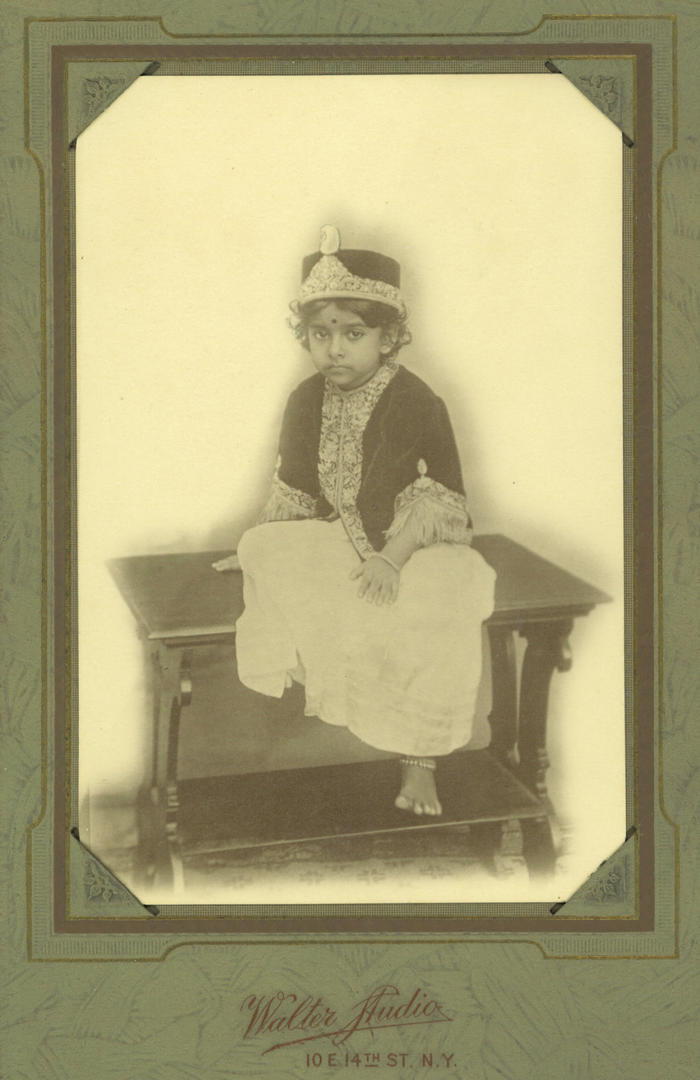
This prompted a search to find out how these prints came to be at the IHC and what connection they had to other records. We deduced that they were of the royal family of Travancore, South India and originally part of a collection of personal papers relating to Salvation Army officer Brigadier Mabel Poole (1892-1987). This collection already contained correspondence, photographs and a series of personal greetings cards (such as the one below) from various members of the Travancore royal family at their Kaudiyar and Satelmond palaces.
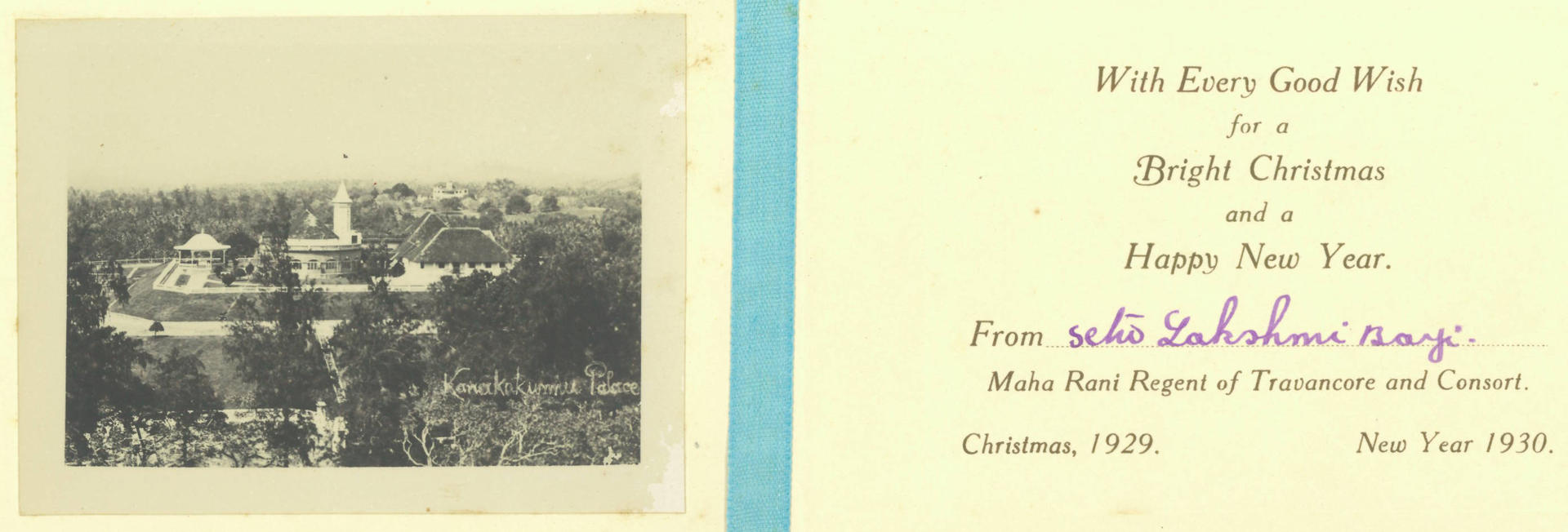
Born in 1892, Poole was raised in Watchet, Somerset. She worked as a children's nurse before entering training as a Salvation Army officer in 1912. Like most ‘single women officers’ Poole was appointed to the Women's Social Work department. She served in two Mother and Baby Homes and the Mothers' Hospital where she also trained as a midwife and undertook a year long course in tropical medicine.
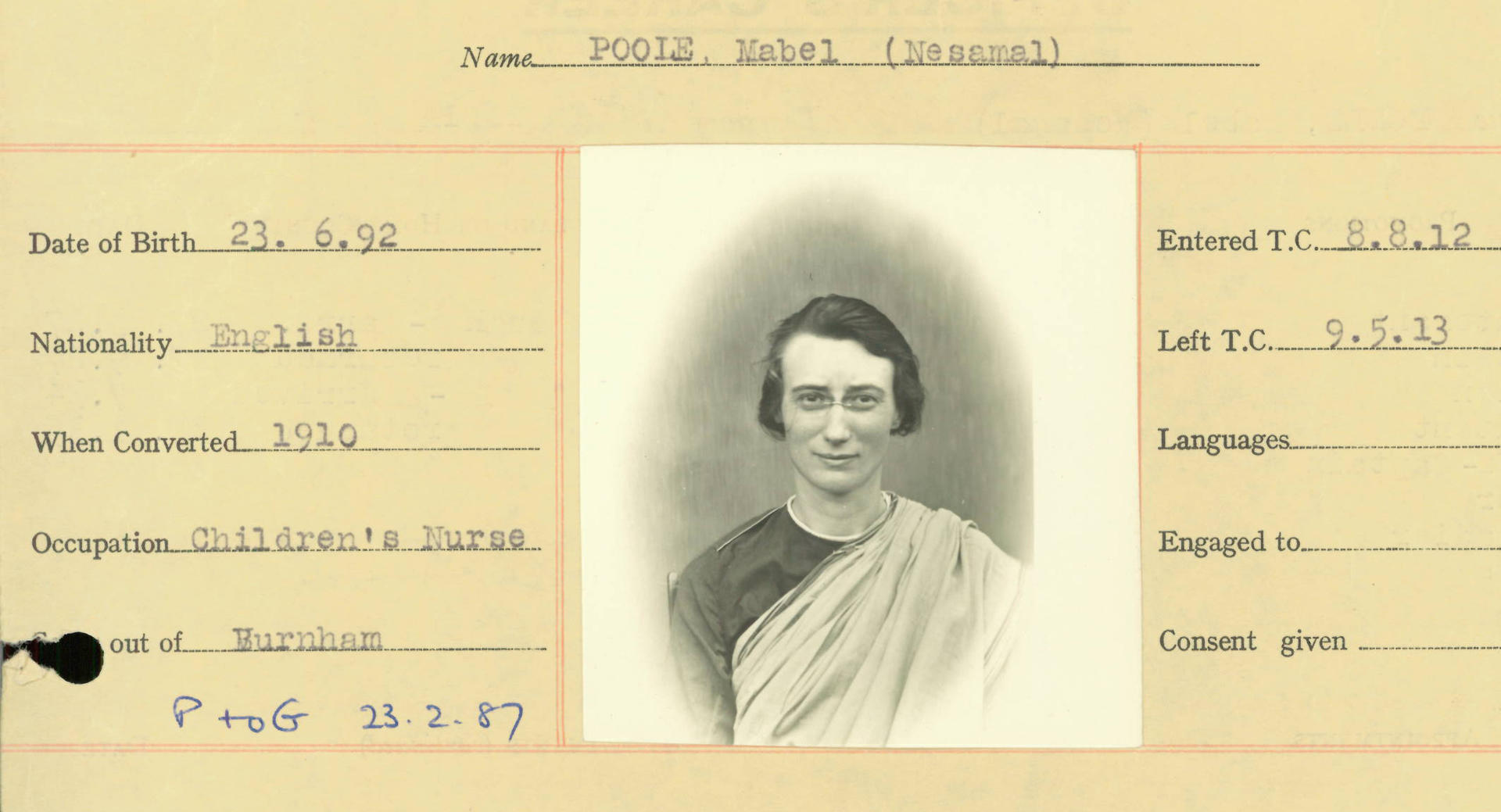
With this experience and an ‘overseas calling’ Poole was transferred to South India in 1919 where she served 32 years of officership as a nurse in Tamil Nadu and Kerala, including over 15 years at the Salvation Army’s Catherine Booth Hospital in Nagercoil. As was Salvation Army practice she adopted an Indian name, Nesamal, meaning ‘sister of love.’ It was in 1925 that Poole was first introduced to the Travancore royal family. This event is colourfully described in one of the Salvation Army’s Victory Booklets (Salvationist Publishing & Supplies Ltd, 1958-1960), a series which celebrated the lives of its officers. The story of ‘Nurse by Royal Command’ relates how for four months that year Nesamal cared for the ‘little princess’ of the Regent of Travancore.
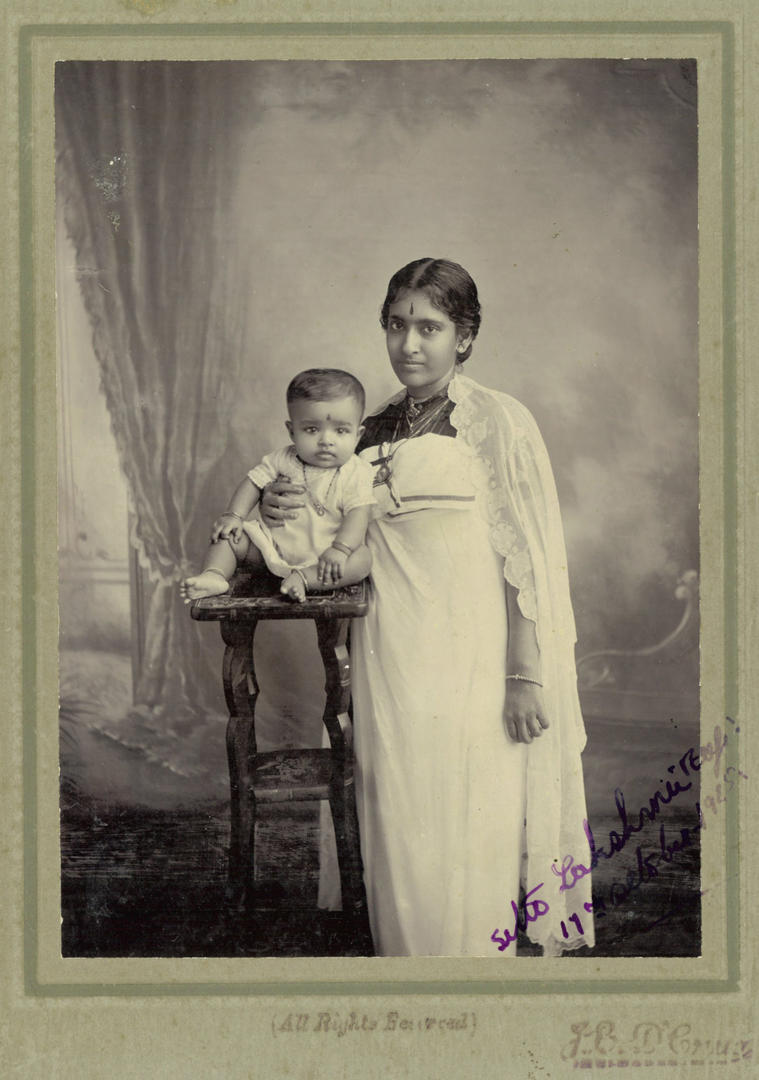
No names and few facts are given in the story. However, after researching the Travancore royal family tree and cross referencing the photographs with other items in Poole’s personal papers it appears this princess was Lalithamba Bayi (1923-2008) and the Regent was her mother Sethu Lakshmi Bayi (1895-1985). Both are pictured above in a print signed ‘Sethu Lakshmi Bayi 17th October 1925.’
Sethu Lakshmi Bayi ruled as Maharani Regent of Travancore from 1924-1931 on behalf of her nephew, Sree Chithira Thirunal (1912-1991), who was at that time a minor. Sree Chithira Thirunal was to be the last reigning king of Travancore as the kingdom was gradually dissolved after Indian independence in 1949.The connections between the Salvation Army and the royal family grew from 1925 as ‘various members’ of the family used the Catherine Booth Hospital in the following years. Then on 26 January 1938 Poole was seconded on ‘Special Duty’ to Kaudiyar palace to care full-time for another royal infant, who is described in Victory Booklets as ‘weighing but four pounds, looked like a small brown doll as he lay on a gold satin cushion.
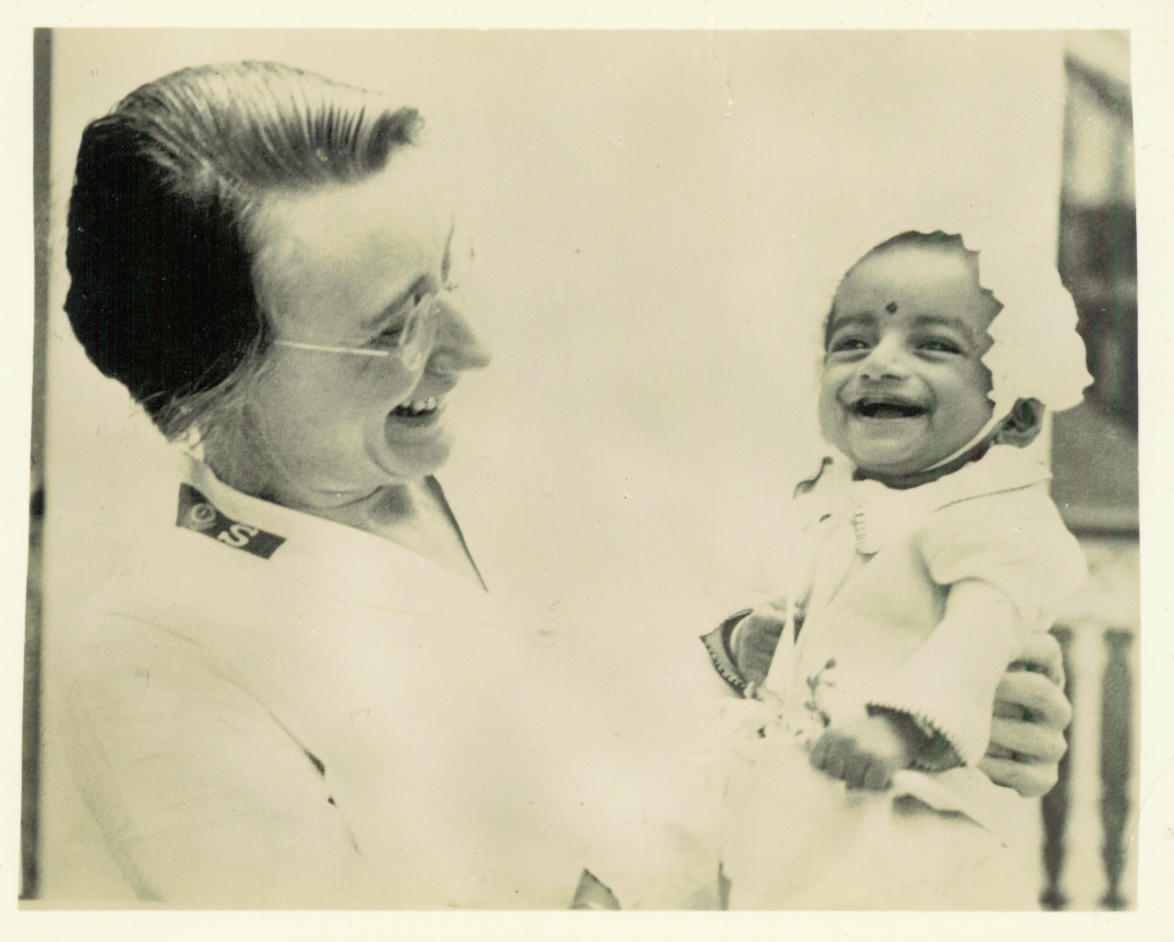
Again no names are given but after more research it seems this infant was Avittom Thirunal Rama Varma (1938-1944), born just three weeks before Poole’s was appointed to Special Duty. The ‘little prince’ was the eldest child of Sree Chithira Thirunal’s sister Karthika Thirunal Lakshmi Bayi (1916-2008) and her husband Godavarma Raja (1908-1971).Captain (later Lt-Colonel) G.V. Raja, as he was commonly known, is popularily remembered for his support and promotion of Keralan sport and tourism post-Indian independence. The Poole collection includes several signed greetings cards that he sent her, such as this card pictured below.
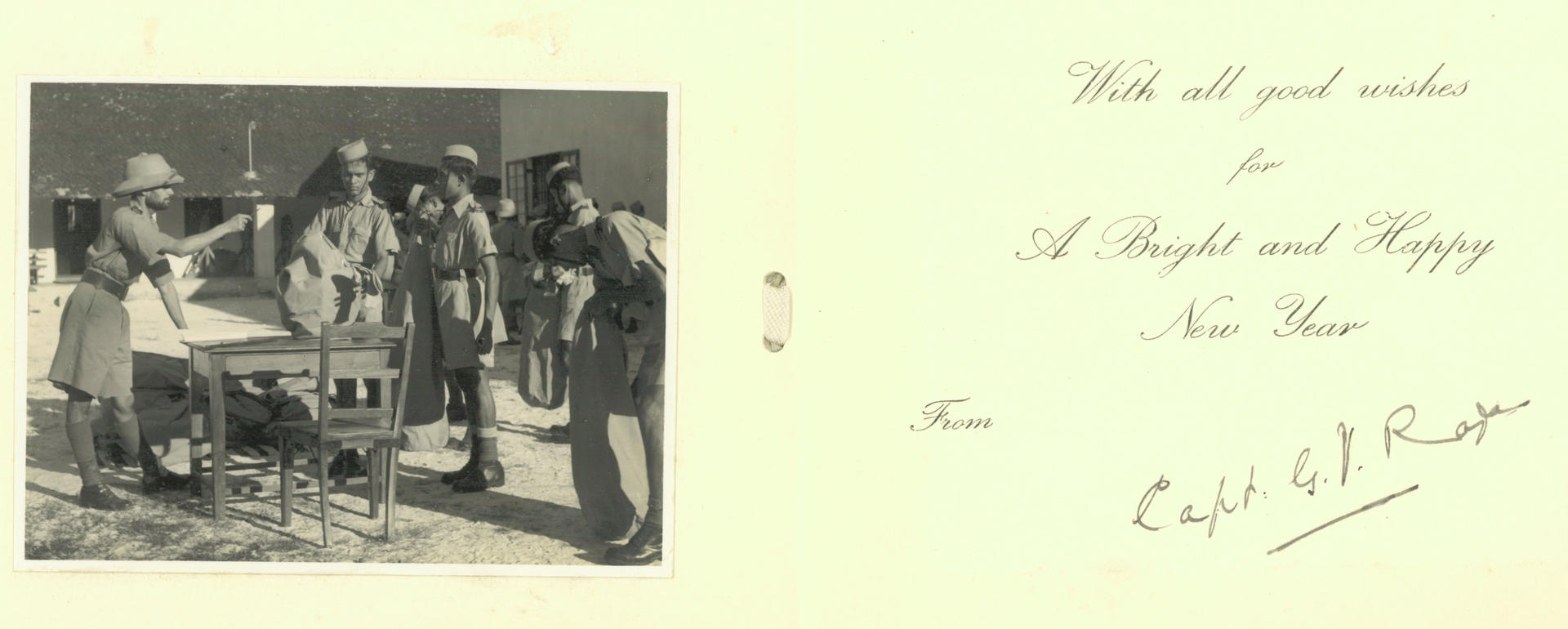
Poole remained on Special Duty for nearly two years but sadly Avittom Thirunal Rama Varma died age 6, it is believed from a heart condition. Although we know that Poole was responsible for his general welfare, as yet little about the day-to-day nature of her appointment, or indeed why it ceased, is known. Perhaps the royal family decided they no longer needed Poole or perhaps the Salvation Army believed she should return to her post as Acting Assistant Medical Officer at Catherine Booth Hospital. More research would shed an interesting light on the relations and dynamics of power between the Salvation Army and the ruling elite in colonial India. Interestingly the contemporary Indian War Cry (Salvation Army newspaper) does not appear to have reported Poole’s Special Duty and royal connections.Poole continued to work in South Indian Salvation Army hospitals and ‘leper colonies’ until her retirement to her childhood town in 1952. Press cuttings in the collection indicate that she maintained relations with the Travancore royal family until an elderly age, receiving an invitation in the 1970s from a sister of the Maharajah of Travancore who was visiting London. Poole was awarded the Salvation Army's certificate for long and exceptional service in 1981 and died in 1987.
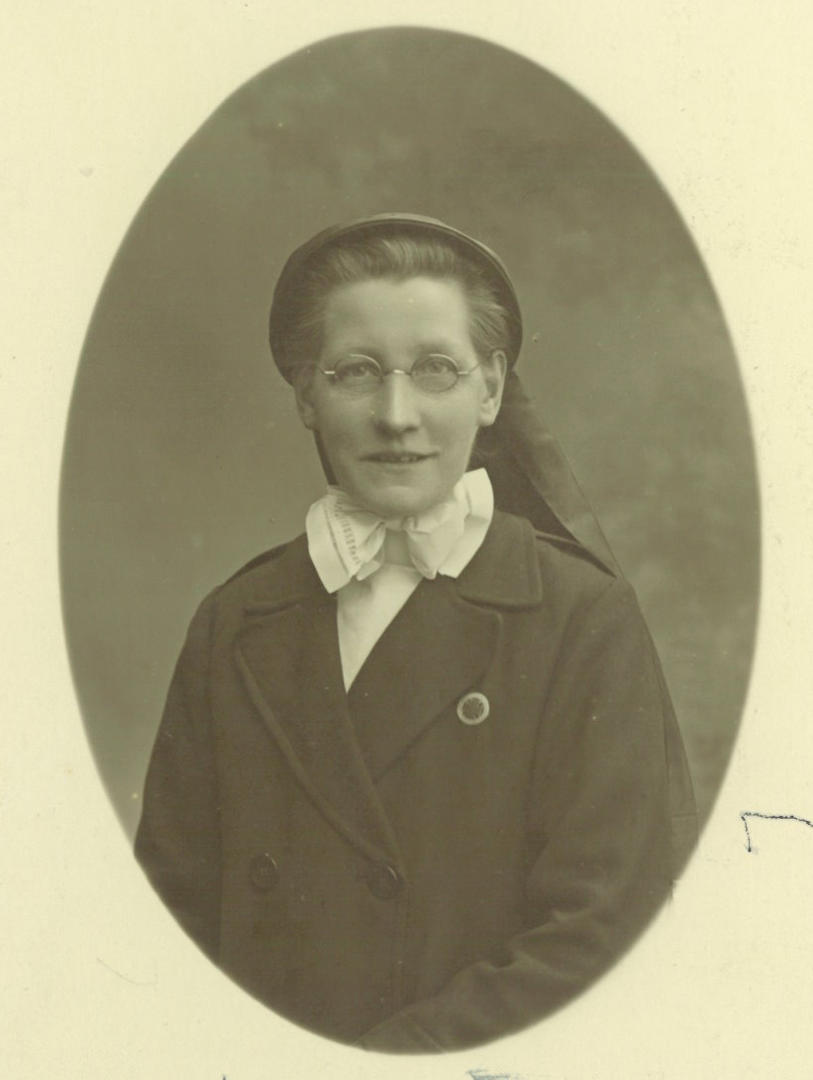
Hari
September 2014
Read other blogs from the Heritage Centre
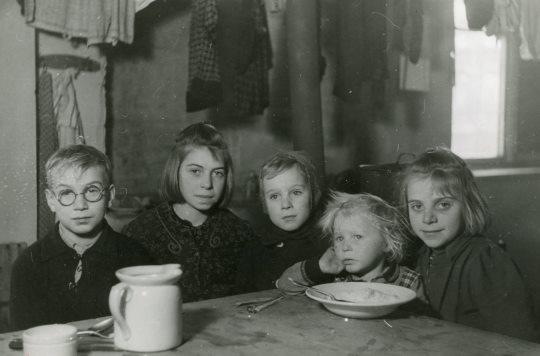
The Salvation Army in Post-War Germany
Papers in our archive shed light on the work of The Salvation Army in Germany during the Second World War ...
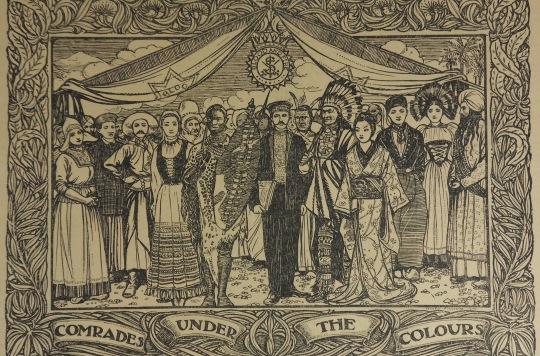
‘Comrades under the Colours’: International Congresses
The Salvation Army's first International Congress was held in 1886 to celebrate the organisation's 21st anniversary ...
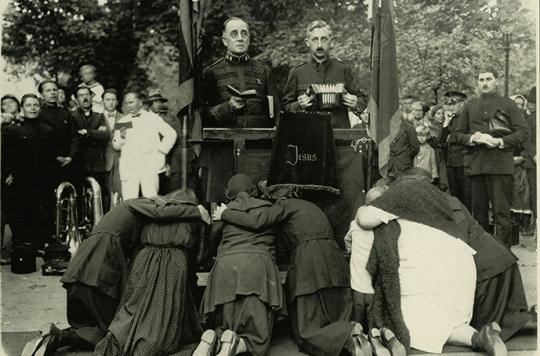
'Chilly political winds': The Salvation Army in Hungary
Salvation Army work in Hungary lasted scarcely 25 years, years which coincided with a politically turbulent period in the country's history ...
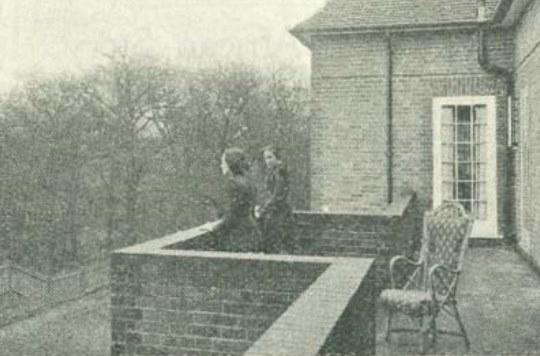
Emma Cottage
Recent cataloguing has brought to light an intriguing volume from our Women's Social Work archive from a home called 'Emma Cottage' which is described as a 'Home for Day Girls' ...